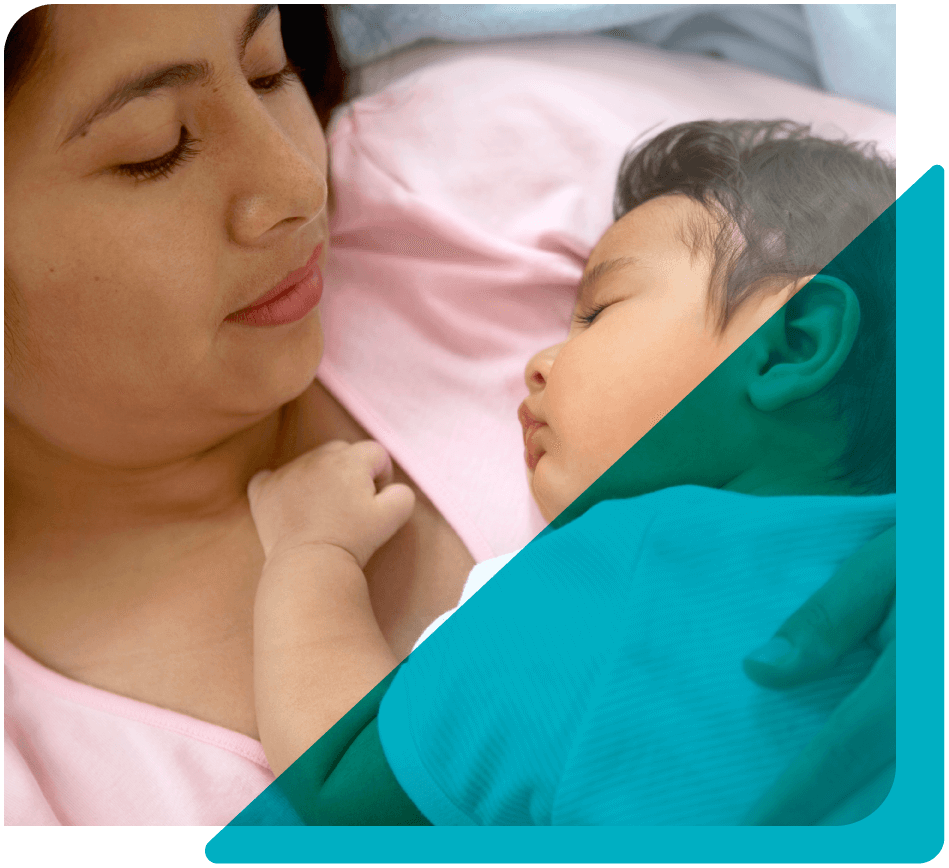The Labor & Delivery department at Cook County Health works to ensure you and your baby are healthy during and after your pregnancy.
We have a longstanding commitment to women’s health and our dedicated team of doctors and nurses will support you before, during and after your delivery.
Every woman’s labor and delivery experience is unique. You may be in labor for a long period of time or it might be over within several hours. Whatever your labor experience may be, our team will be there to answer your questions and guide you through delivery.

Play Video
Signs of Labor
As you near your due date, it’s normal to experience contractions or false labor.
Many expectant moms have contractions, but they tend to weaken or go away after a short time. To know for sure you’re going into labor, here are a few signs:
-
Your “water breaks,” which is a gush or stream of clear fluid from your vagina
-
Regular contractions
-
Increasing time-periods between contractions
-
Pink-colored or blood-streaked discharge from your vagina
Notify your obstetrician when you’ve experienced early signs of labor. Depending on your contractions, they will tell you when to go to the hospital. Some obstetricians want you to go immediately to the hospital, while others want your cervix dilated to a certain point.
What to Expect During Delivery
Vaginal birth
During delivery, your cervix will need to dilate to 10 centimeters before you can begin to push. How long it takes for your cervix to expand depends on the person; however, on average, it takes about an hour to dilate one centimeter.
Your pain may begin to increase at this time. Talk to your health care team to understand your options about anesthesia, such as an epidural, or other pain medication.
Once your contractions are 60 to 90 seconds apart, your doctor may want you to begin to push. Delivering your baby might take a few minutes or a few hours. Your baby’s head will come out first, followed by the rest of the body. Your medical team will check the airway and cut the umbilical cord. Following the delivery of the baby, you will need to deliver the placenta.
Cesarean (C-Sections) delivery
Another option for delivery is a Cesarean section, also known as a C-section, which is a surgical option to deliver the baby through the abdomen. It is common for C-section births to be decided during labor. However, many women plan a C-section in advance because it is a safer option than a vaginal birth if they previously had a C-section or if they develop complications during pregnancy.
You may be recommended for a C-section if you experience:
-
Active genital herpes
-
Baby is in distress
-
Baby is in an abnormal position
-
Multiple pregnancies
-
Obstruction in the birth canal
-
Problem with the placenta
-
Severe health problems
-
Stalled labor
Resources
Locations
Women & Children's Center - Labor & Delivery Unit
John H. Stroger, Jr. Hospital of Cook County
1969 W. Odgen Ave.
Chicago, IL 60612
(312) 864-6000


